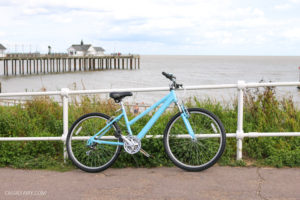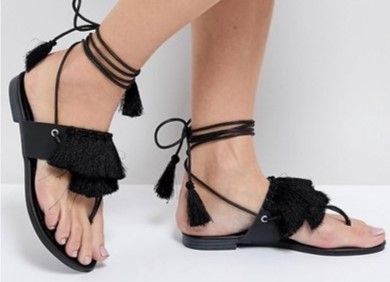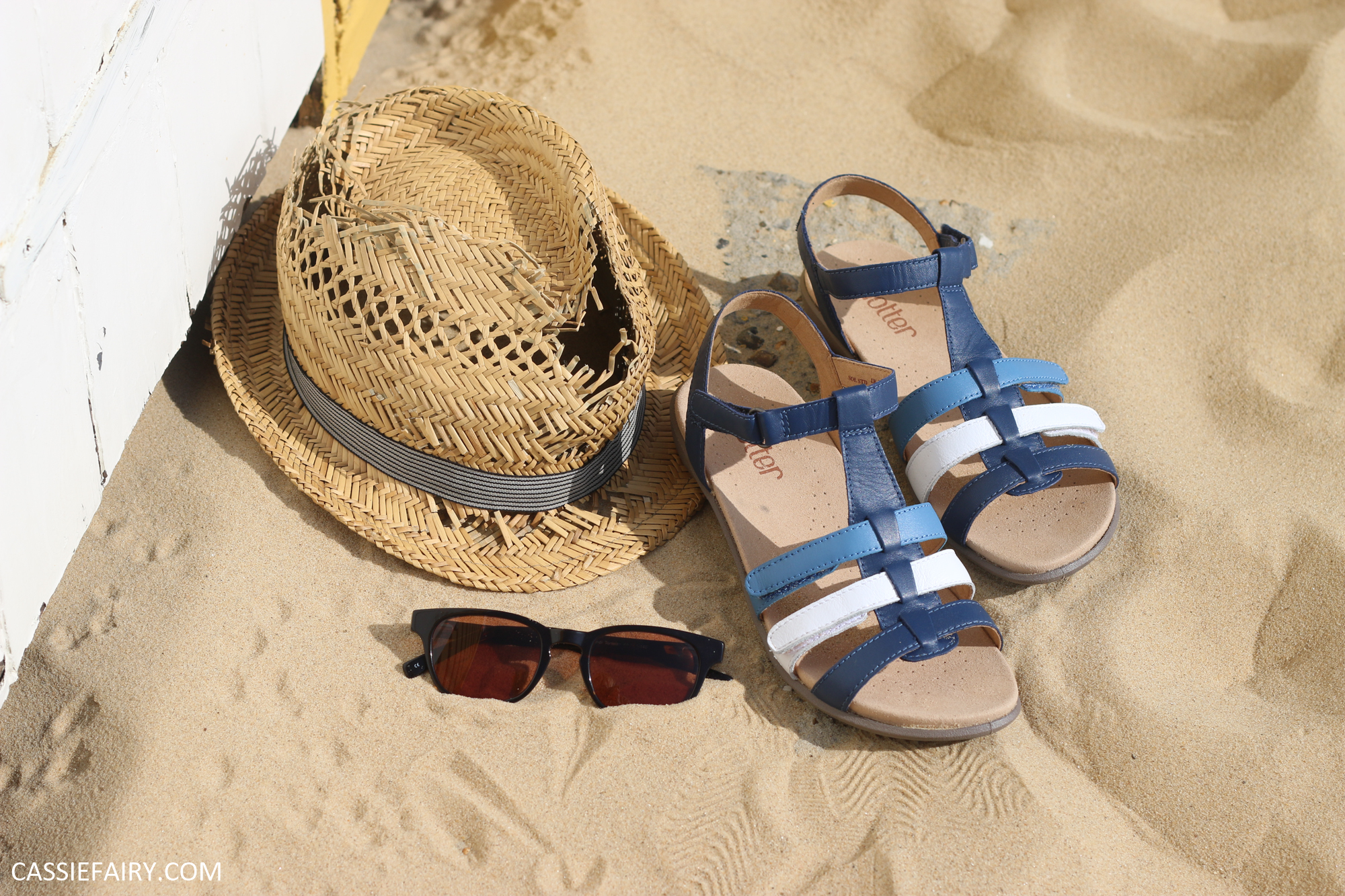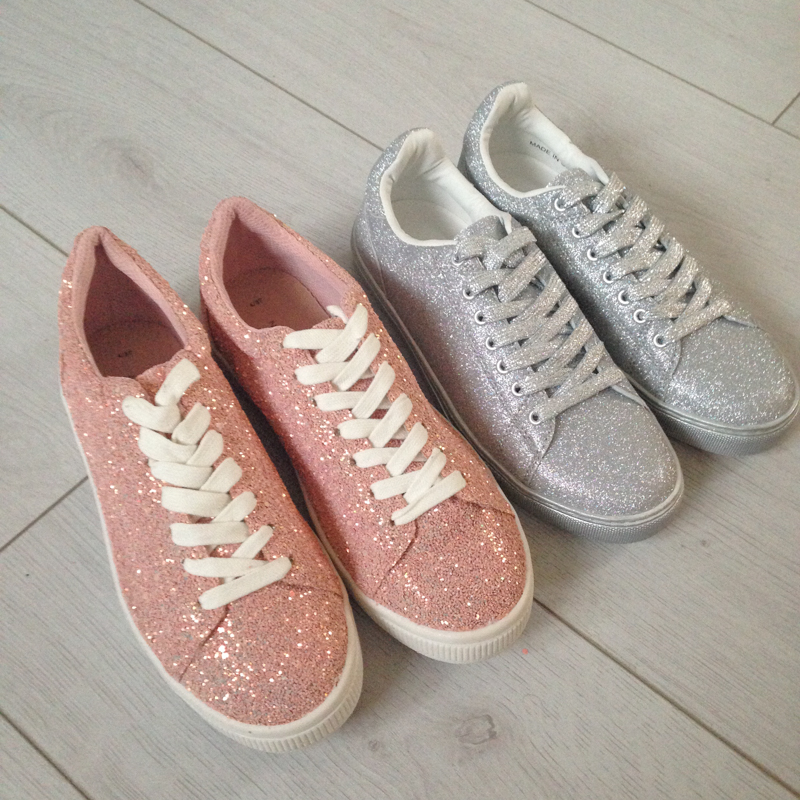In today’s Tuesday Shoesday blog post I wanted to share a buying guide for boots and document the history of some of the world’s most fashionable styles. Trends may come and go but true style remains constant, so investing in a timeless design or a footwear classic will ensure you’ll get years of use out of your investment. I’m all about the “cost-per-wear” so I want my boots to look fabulous for longer than just one season. I therefore prefer to steer away from “must have” shoes and take a look at more traditional styles instead. Today’s post shares the history of some heritage boot designs and why they remain popular after all these years.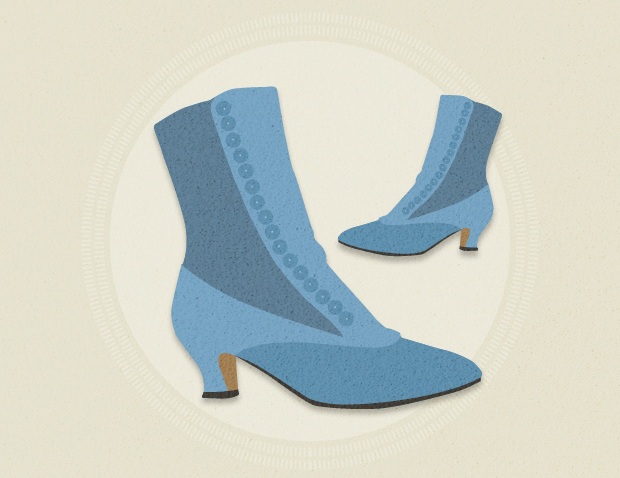 Ankle boots
Ankle boots
The popularity of ankle boots skyrocketed in the 1850s as a means of preserving a woman’s modesty. Showing the ankle was deemed ‘improper’ in Victorian society, so this style became both practical and fashionable. Throughout the era the boots became more casual to accommodate the increasingly active lifestyles of the period’s women. Over time the popularity of the boots continued to grow, adapting to incorporate various trends throughout the decades.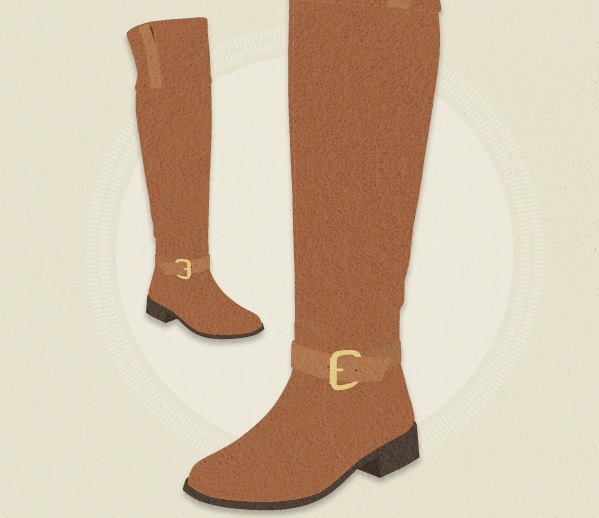 Knee-high boots
Knee-high boots
Originally, knee-high boots were reserved for practical uses, such as horse riding and field work. However, in the early 20th century, knee-high boots made the transition into the world of fashion when Denise Poiret, wife of leading French fashion designer Paul Pioret, wore a pair of knee-high leather boots in 1913. It wasn’t until the 1960s that the popularity of the boots truly rocketed – something which has continued throughout the ages.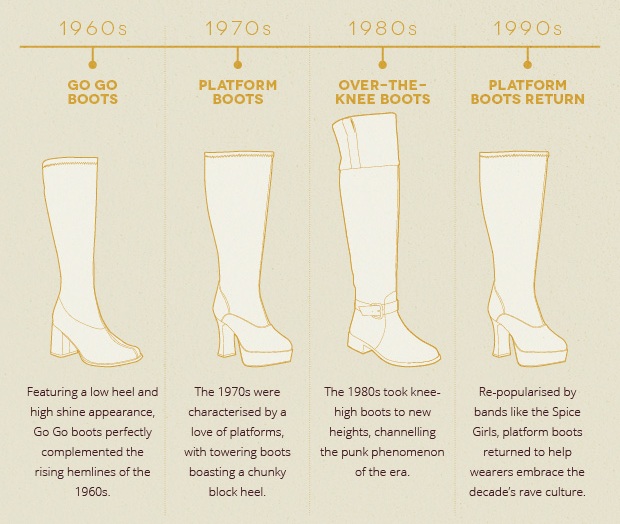 Chelsea boots
Chelsea boots
Chelsea boots have clear origins in Victorian society. The unisex ankle boots were created for walking outdoors and horse riding, and boasted elastic sides for ease of putting on and taking off. A key point in the development of the Chelsea boot was the invention of vulcanised rubber in the early 19th century. Using this new material, J.Sparkes-Hall designed the first elastic side ankle boots, a style that went on to become the Chelsea boot as we know it today.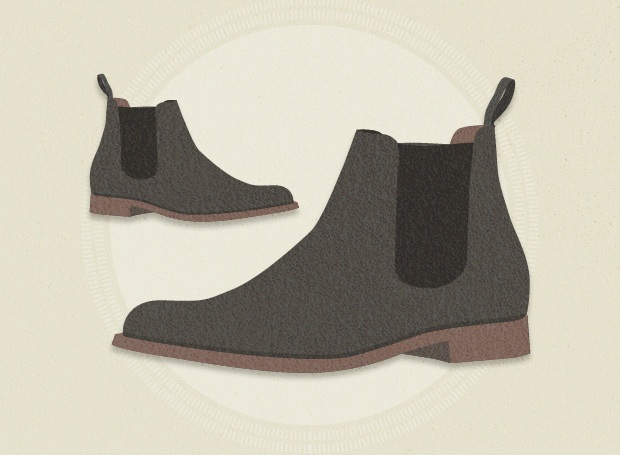 Chukka Boots
Chukka Boots
Chukka boots are said to get their name from polo and the seven-and-a-half minute ‘Chukker’ playing period. Some believe that the shoes were used during polo games, while others say that the boots were the players’ leisure shoe of choice off the field.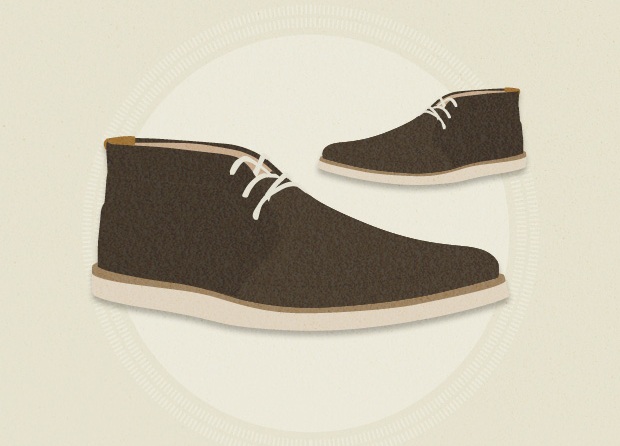 Desert Boots
Desert Boots
A form of chukka boot, desert boots date back to 1941, when soldier Nathan Clark was posted to Burma. There, Clark took note of the footwear the soldiers were wearing, creating a number of sketches for a brown suede boot. He send the sketches back to his brother Bancroft, the chairman of footwear company Clarks. Despite being told they wouldn’t sell, Clark persevered and eventually, Nathan’s desert boots sold in excess of 10 million. The main differences between desert and chukka boots is that the former has rubber soles.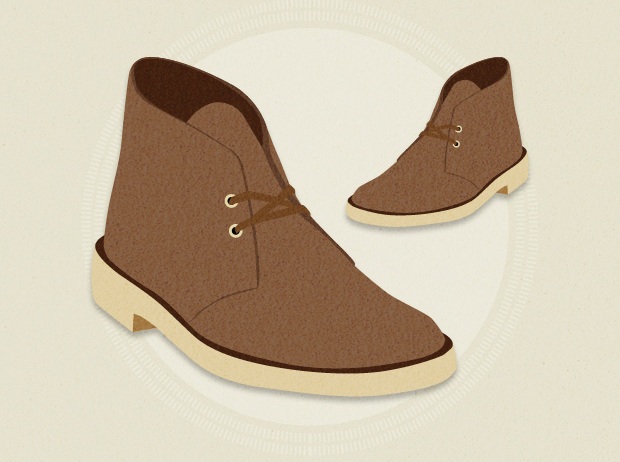 Wellington Boots
Wellington Boots
Wellington boots emerged in the early 19th century, as a result of a request by the First Duke of Wellington. After receiving a pair of hessian boots, the Duke commissioned his shoemaker to create a similar, more form-fitting pair without the decorative tassels. The boot became widely known as the Wellington, but it wasn’t until 1853 that Hiram Hutchinson created the boot out of rubber and the Wellington as we know it today was born.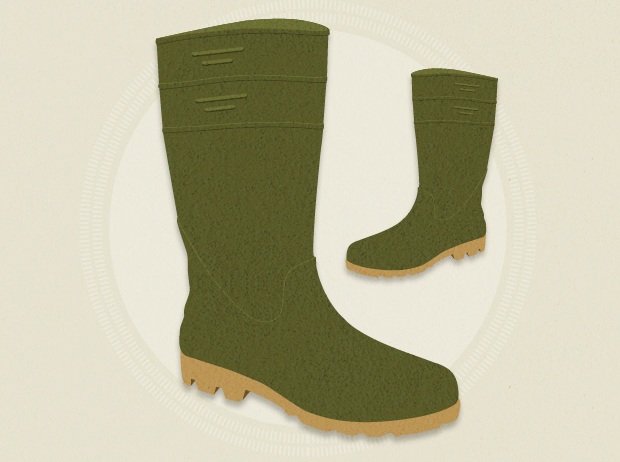 So what type of boot is your favourite? What do you have more of in your wardrobe than anything else? Let me know what type of boot YOU prefer by leaving me a comment below or by tagging me in a photo of your favourite boots on Instagram @Cassiefairy. Thanks very much to Jones Bootmaker for sharing this historical guide and fabulous images of boot styles with us today.
So what type of boot is your favourite? What do you have more of in your wardrobe than anything else? Let me know what type of boot YOU prefer by leaving me a comment below or by tagging me in a photo of your favourite boots on Instagram @Cassiefairy. Thanks very much to Jones Bootmaker for sharing this historical guide and fabulous images of boot styles with us today.
This article is a sponsored collaboration. The pink links in the content indicate a sponsored link or information source. The blog post reflects my own experience and the sponsor hasn’t had any control over my content 🙂







